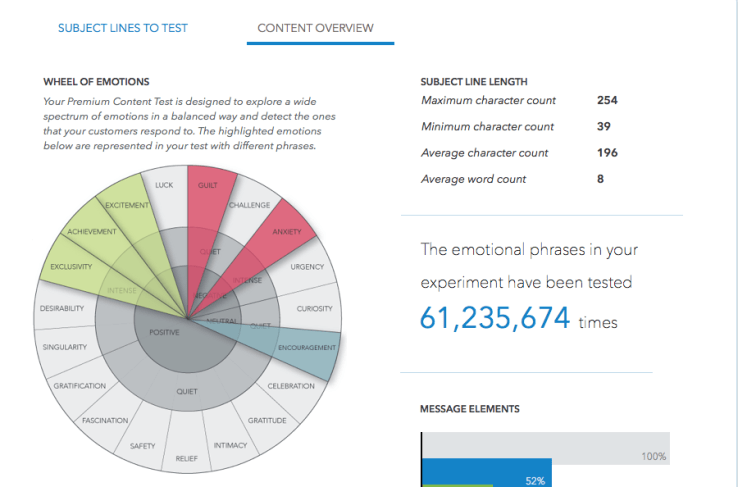
Persado, a startup that says it can automatically create and test different marketing emails and other promotional material, is announcing that it has raised $21 million in Series B funding.
Co-founder and CEO Alex Vratskides told me that the automated approach allows marketers to try out many more versions of a message than they’d get with regular A/B testing (where human copywriters still generate the messages themselves). And since the technology has “no preconceived notion” of what the right approach is, it will create variants that a human might never even think of.
At the same time, Vratskides insisted that the product is smart enough that you won’t just end up robotic or downright unintelligible messages.
“We take the randomness of creativity out of this equation,” he said. “Our software platform generates the most persuasive language for communications — in this way, we eliminate the guesswork of copywriting.”
The company describes its approach as “persuasion automation,” in part because, as Persado’s David Atlas put it, the technology could eventually expand beyond ads and marketing to “anywhere someone is sending structured short messages designed to persuade,” such as mobile health. One limitation, though, is that it needs the scale of a consumer audience — so Persado can’t actually use its technology in its own (business-to-business focused) marketing.
Persado spun out of mobile marketing company Upstream and previously raised $15 million. The new funding was led by StarVest Partners, with participation from Citi Ventures, American Express Ventures, and previous backer Bain Capital Partners. (Citi and American Express are Persado customers.)
Comments
Post a Comment